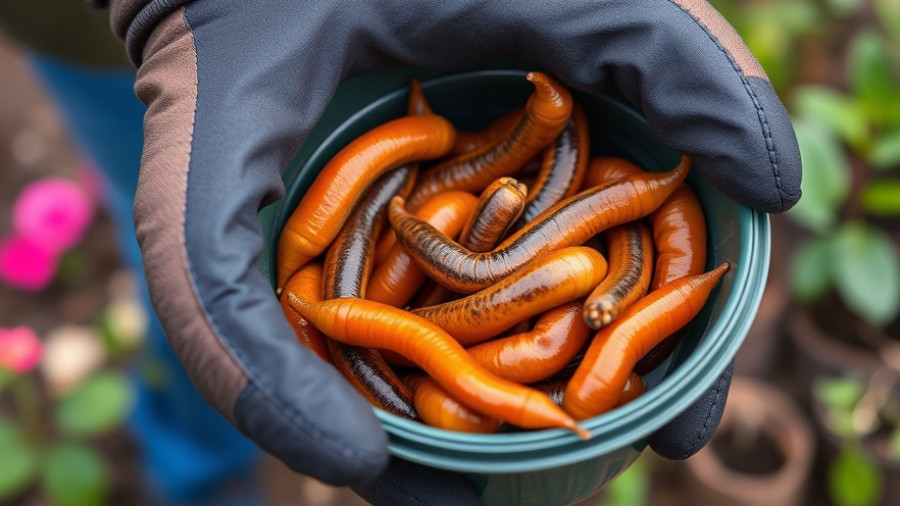
Unveiling the Pomato: A Gardening Marvel
When passion for gardening meets ingenuity, innovative creations emerge. This is vividly illustrated by the pomato, a unique hybrid plant that presents an intriguing solution for space-conscious gardeners. Imagine a single plant bearing both vibrant cherry tomatoes above and hearty potatoes beneath. This fascinating combination not only maximizes your garden space but also offers a sustainability option that aligns perfectly with today's environmental values.
The Rich History Behind Pomato
The pomato isn't a modern invention but rather a product of a tradition that dates back to the early 19th century. The practice of grafting two plants from the same family has roots in horticultural experimentation, with records showing that a gardener in France successfully grafted tomatoes onto potatoes in 1820. Fast forward to the present, and commercial pomato plants are capturing the hearts of gardening enthusiasts everywhere, offering ease of cultivation and productive yields that are hard to ignore.
Benefits of Growing a Pomato Plant
One of the most compelling reasons to consider growing a pomato is its ability to thrive in compact spaces. For those residing in urban environments or with limited gardening areas, this hybrid plant offers a solution without sacrificing productivity. Not only does it conserve space, it also promotes resource efficiency through shared water and nutrients between both tomato and potato components.
The pomato's health advantages extend beyond the plant's space-saving abilities. The potato roots are known to harness a natural resistance to common soil-borne diseases, thus improving the resilience of the overall plant. This strength not only translates to healthier fruits and vegetables but also reduces the need for chemical interventions, making it a wise choice for organically-minded gardeners.
Practical Tips for Cultivating Pomato
Taking the plunge into growing a pomato requires a bit of patience, primarily because the plant does not grow from seed. Instead, it involves a precise grafting technique. Gardeners must carefully make incisions on both the tomato and potato stems, then join them securely and allow them to heal. Utmost care during this process ensures a successful graft and a fruitful partnership between the two plants.
Connecting with Your Gardening Community
Sharing the experience of growing a pomato can build connections within your local gardening community. Hosting workshops or informal gatherings where fellow enthusiasts come together to explore the potential of hybrid plants can cultivate a strong bond as you learn and grow together. Engagement with local gardening clubs or online forums can enrich your knowledge and enhance your gardening experience.
Final Thoughts on the Pomato
In blending the characteristics of tomatoes and potatoes, the pomato serves not just as a gardening novelty, but also as a testament to the creativity we can bring into our everyday lives. As urbanization continues to shape our living conditions, innovations like the pomato offer sustainable gardening options that resonate with environmentally-conscious citizens. Embrace this unique hybrid and maximize your garden’s efficiency and production!
 Add Row
Add Row  Add
Add 




Write A Comment